The California novelist T.C. Boyle has often taken true stories and created alternative histories, from John Harvey Kellog and the birth of the breakfast cereal in The Road to Wellville to Alfred Kinsey and the creation of sexology in The Inner Circle. This might draw comparisons with James Ellroy, Boyle’s exact contemporary, except that where Ellroy aims at the very darkest version of a tabloid reality, Boyle takes a New Age perspective conveyed though whimsy and surrealism.
Ellroy, of course, was born in California while Boyle chose to live there. He is a native of the culture rather than the territory. This is a problem in The Terranauts, where the assumptions and aspirations of a group of scientists inside a giant geo-desic dome are left unexplained. Why would anyone compete for a chance to be imprisoned in a greenhouse for 24 months? Boyle takes it for granted that our desire for new worlds would lead us to accept a shoddy facsimile in the Arizona desert.
Boyle’s story is based on a real event that unfolded in parallel with the 1994 US World Cup. Maradona’s last great competition coincided with the soap opera of seven people locked inside the grandiosely entitled Biosphere 2 (so named because planet earth is Biosphere 1). This was long before the advent of documentary soaps like Big Brother and though there were limited opportunities to watch the Biosphere prisoners in real time, the world was gripped. Especially when the company went bankrupt with the team locked inside, while disgruntled staff vandalised an air lock, and everyone began arguing among themselves, before the whole thing was abandoned.
This was the summer of O.J. Simpson’s leisurely break for freedom along the California freeway, a time of madness that unfolded at a relaxed West Coast pace. The O.J. car chase is mentioned in passing, but Boyle ignores the real events. His story is told by three narrators who closely resemble the characters in Scooby Doo who are not Shaggy and Scooby.
The story recounts their personal jealousies and what happens when the two good-looking ones have a baby, and that is pretty much all. Boyle ignores the real-life drama, perhaps because he saw Biosphere 2 as a genuine experiment that sheds light on ecological issues and prepares humanity for outer space. His mission completes its two-year run, though Boyle hints a subsequent mission ends in failure and leaves enough clues to tell us why. The book closes with a cliffhanger, as though pointing to a soap we will never see.
The terranauts may be physically removed from our world, yet in every other respect they are always around, their presence mediated by communication technology. This is why the original Biosphere 2 proved to be a forerunner of contemporary docusoaps. Younger writers have been inspired by media and social networks to write dystopian soaps; Scarlett Thomas’s Bright Young Things, for instance, or Douglas Coupland’s Micro-serfs and Dave Eggers’s The Circle. The Terranauts takes a similar set-up, but watches from the perspective of the New Age, not the digital age. Perhaps this is why the story lacks an edge; at any rate it is rather more soapy than Boyle’s readers might have expected.
The post Worse than Big Brother appeared first on The Spectator.
Got something to add? Join the discussion and comment below.
Get 10 issues for just $10
Subscribe to The Spectator Australia today for the next 10 magazine issues, plus full online access, for just $10.
You might disagree with half of it, but you’ll enjoy reading all of it. Try your first month for free, then just $2 a week for the remainder of your first year.

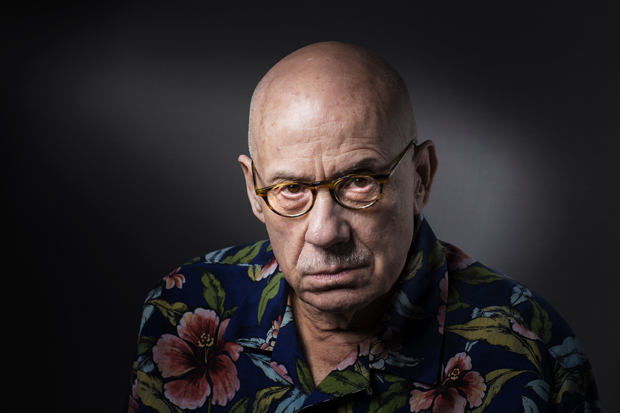
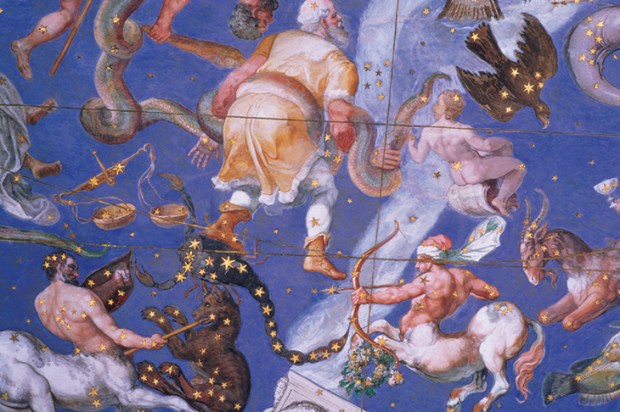
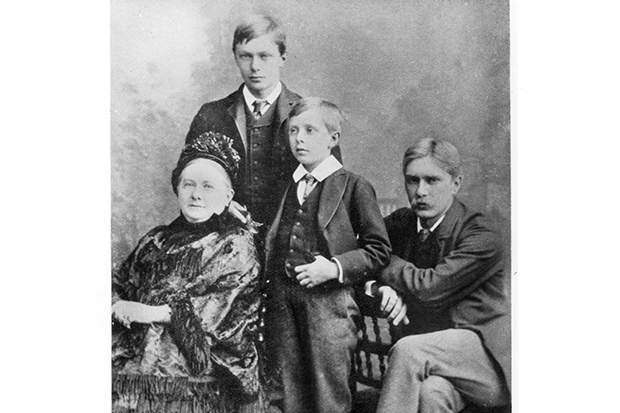
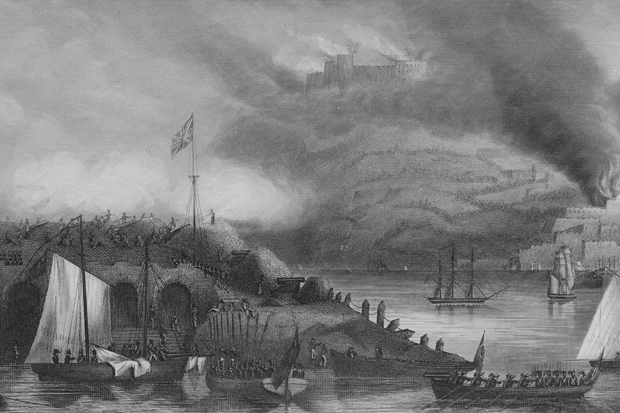
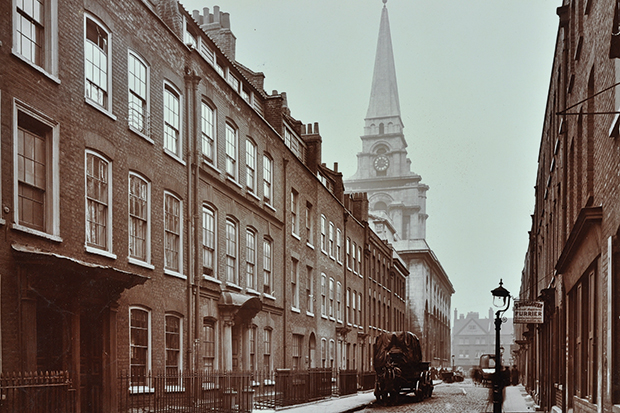
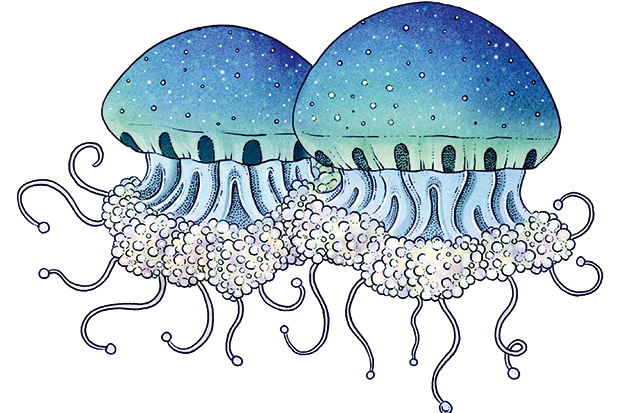
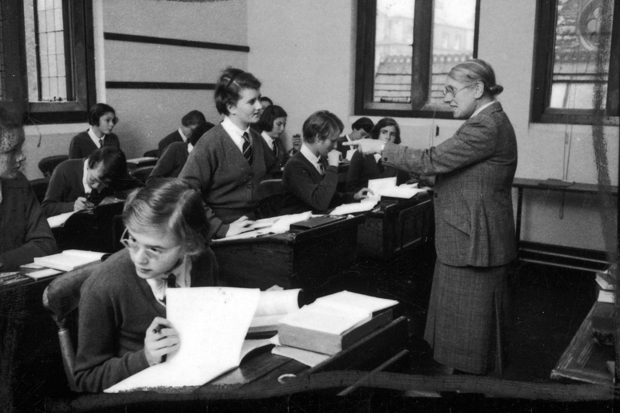






Comments
Don't miss out
Join the conversation with other Spectator Australia readers. Subscribe to leave a comment.
SUBSCRIBEAlready a subscriber? Log in